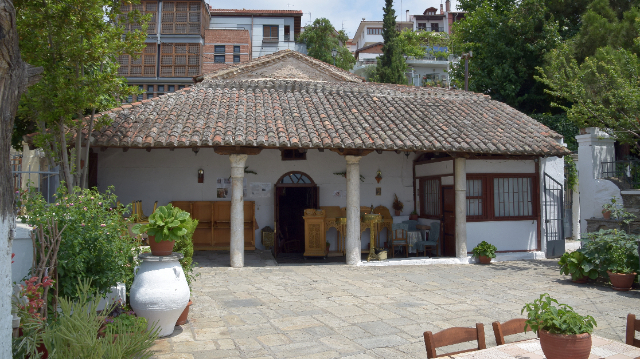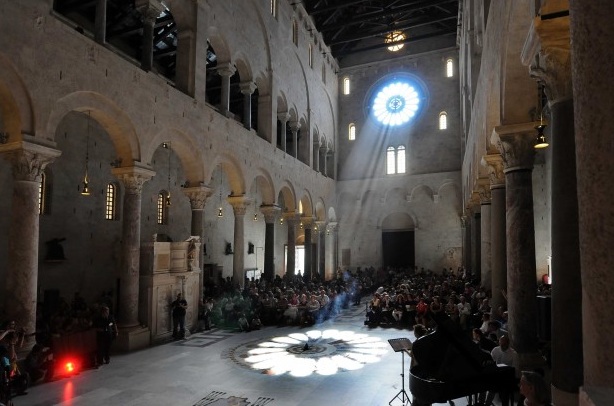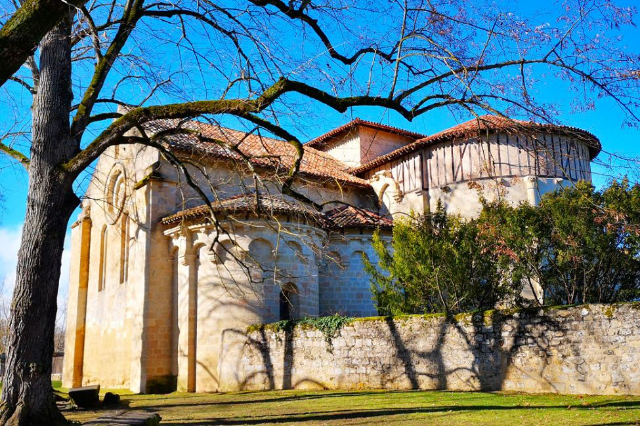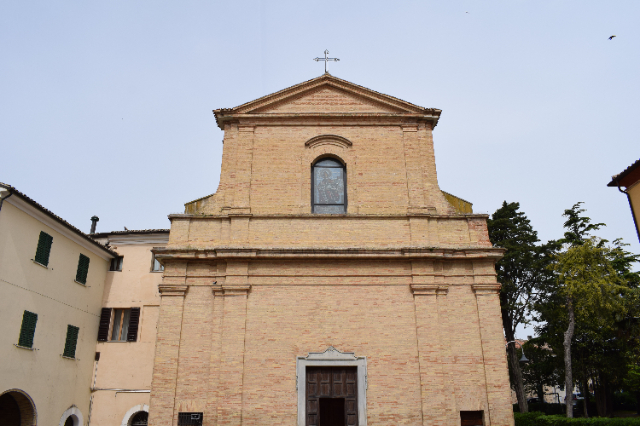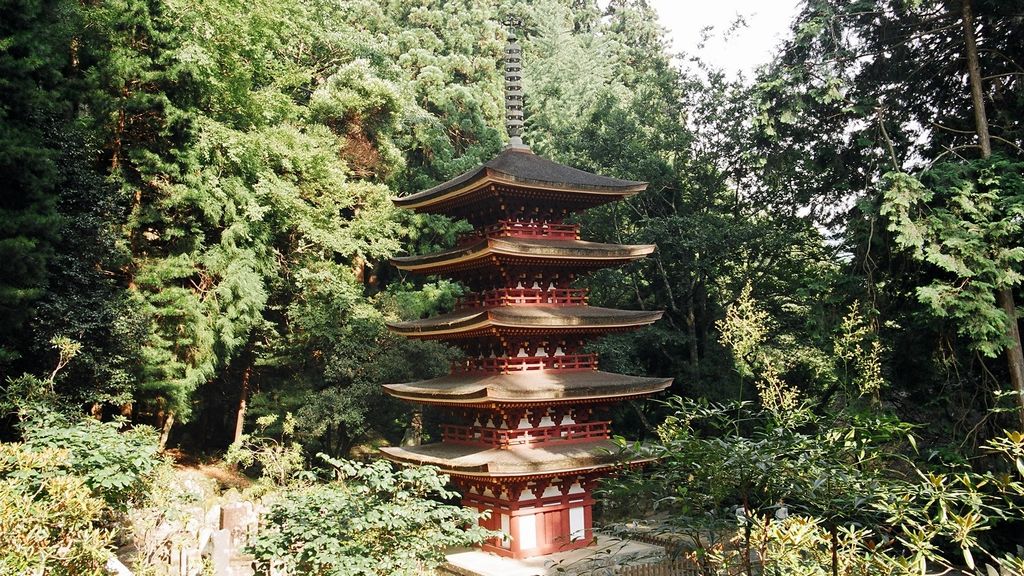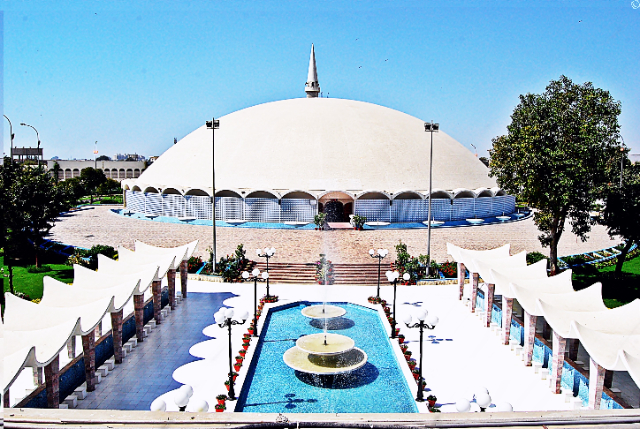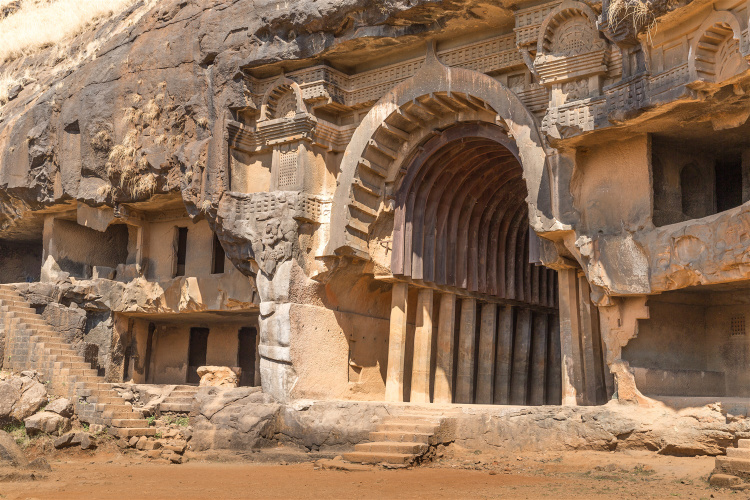The Church of Osios David, also known as the Catholicon of the Latomos Monastery, stands as an awe-inspiring example of Byzantine ecclesiastical architecture. Built in the 5th century, the structure serves as a radiant emblem of Thessaloniki’s rich spiritual and cultural tapestry. Its historical narrative has been enshrined on the UNESCO World Heritage List, solidifying its significance not just to Greece but to the global community.
The church’s historical origins are enshrouded in an intriguing tale of faith and secrecy. According to a 9th-century account by the monk Ignatius, Theodora, the daughter of Emperor Maximian—who was a fervent persecutor of Christians—converted to Christianity in secret. Feigning the construction of a house and a bathhouse at her father’s behest, she covertly transformed the latter into this sacred monument. To preserve the secrecy of her newfound faith, Theodora commissioned an exquisite mosaic, which she then concealed beneath a layer of oxhide and mortar.
One of the most striking features of the church is the stunning mosaic in the apse, which is considered among the world’s finest examples of the art form. This masterpiece portrays the Vision of Ezekiel, featuring an image of a youthful and clean-shaven Christ Emmanuel in radiant glory. Flanking him are the prophets Ezekiel, depicted in awe, and Habakkuk, shown in a pensive state. These divine figures are complemented by other biblically significant elements, such as symbols representing the Evangelists, depictions of Jerusalem, and the Jordan River. Crafted in the Hellenistic style, this mosaic serves as an indelible testimony to the artistic achievements of the era.
The church is equally celebrated for its other artistic adornments, especially the wall paintings found at the southern arch. These date back to the late 12th century and are of an exceptional quality. Particularly well-preserved scenes include the Nativity and the Baptism of Christ. Additionally, remnants of frescoes from the early 14th century can still be seen on the eastern wall of the northern arch.
After falling under Ottoman rule in 1430, the church was converted into a mosque but was reclaimed as a Christian place of worship in the early 20th century. It was then named Osios David to honor an esteemed ascetic and saint of Thessaloniki. The name “Latomos” is believed to have been derived from the quarries (“latomeia” in Greek) in the surrounding area, likely supplying the materials for the original structure.
By intertwining architectural grandeur, artistic brilliance, and deep historical roots, the Church of Osios David serves not just as a spiritual sanctuary but also as a sublime embodiment of Thessaloniki’s rich cultural legacy.

